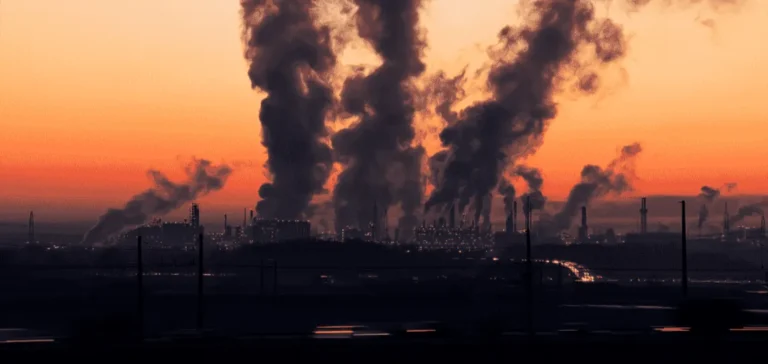The global rate of improvement in energy efficiency is experiencing a marked slowdown, with an expected increase of only 1.8% in 2025, well below the 4% annual target set at COP28. Since 2019, the average annual gain in energy efficiency stands at 1.3%, a figure significantly lower than that observed in the previous decade. This trend threatens the international trajectory towards the 2030 energy and economic goals.
The industrial burden on global slowdown
Nearly two-thirds of the growth in global final energy demand since 2019 has come from the industrial sector. Industrial energy intensity, which improved by nearly 2% per year before 2020, now shows a gain of less than 0.5%. This stagnation is explained by the continued rise in manufacturing output and reliance on energy-intensive processes. This structural imbalance offsets progress made in buildings and transport, leading to a deterioration in overall energy performance.
Public policies trailing behind technologies
Energy efficiency regulations have not kept pace with technological advances, resulting in lost economic opportunities. Many devices placed on the market remain significantly less efficient than top-performing models. For example, the efficiency of the best-performing light bulbs has doubled over fifteen years, while minimum performance standards have only improved by 30%. This mismatch prevents cost reductions for consumers and increases global energy consumption.
Rising cooling demand and uneven power mix
Greater access to air conditioning, particularly in emerging countries, is driving strong electricity demand for building cooling. While these systems improve comfort, most remain inefficient. Estimates show that if all air conditioners purchased since 2019 had been high-efficiency models, global electricity demand growth would have equalled that of global data centres over the same period.
In several regions, the rapid increase in electricity demand has led to increased reliance on ageing, inefficient thermal power plants. This phenomenon partly offsets the gains made by renewable energy, making it more difficult to achieve both the energy efficiency doubling target and the tripling of renewable capacity.
Positive signals, but persistent delays
Some markets are showing signs of recovery. India is expected to achieve an improvement of more than 4% in 2025, proving that the COP28 target is attainable. In addition, governments representing 85% of global energy demand adopted or revised 250 energy efficiency policies over the past year. These initiatives provide a solid foundation to strengthen the coherence of public action and accelerate the implementation of existing measures.
Untapped economic potential
Efficiency gains since 2010 have avoided a 20% increase in global greenhouse gas emissions and contributed to lowering energy bills. They have also supported industrial competitiveness and the energy security of states. Governments are increasingly recognising these economic benefits during international conferences on energy performance.
A detailed report will be published on November 20 to analyse the most effective policies and guide future government actions to close the identified gaps.






















